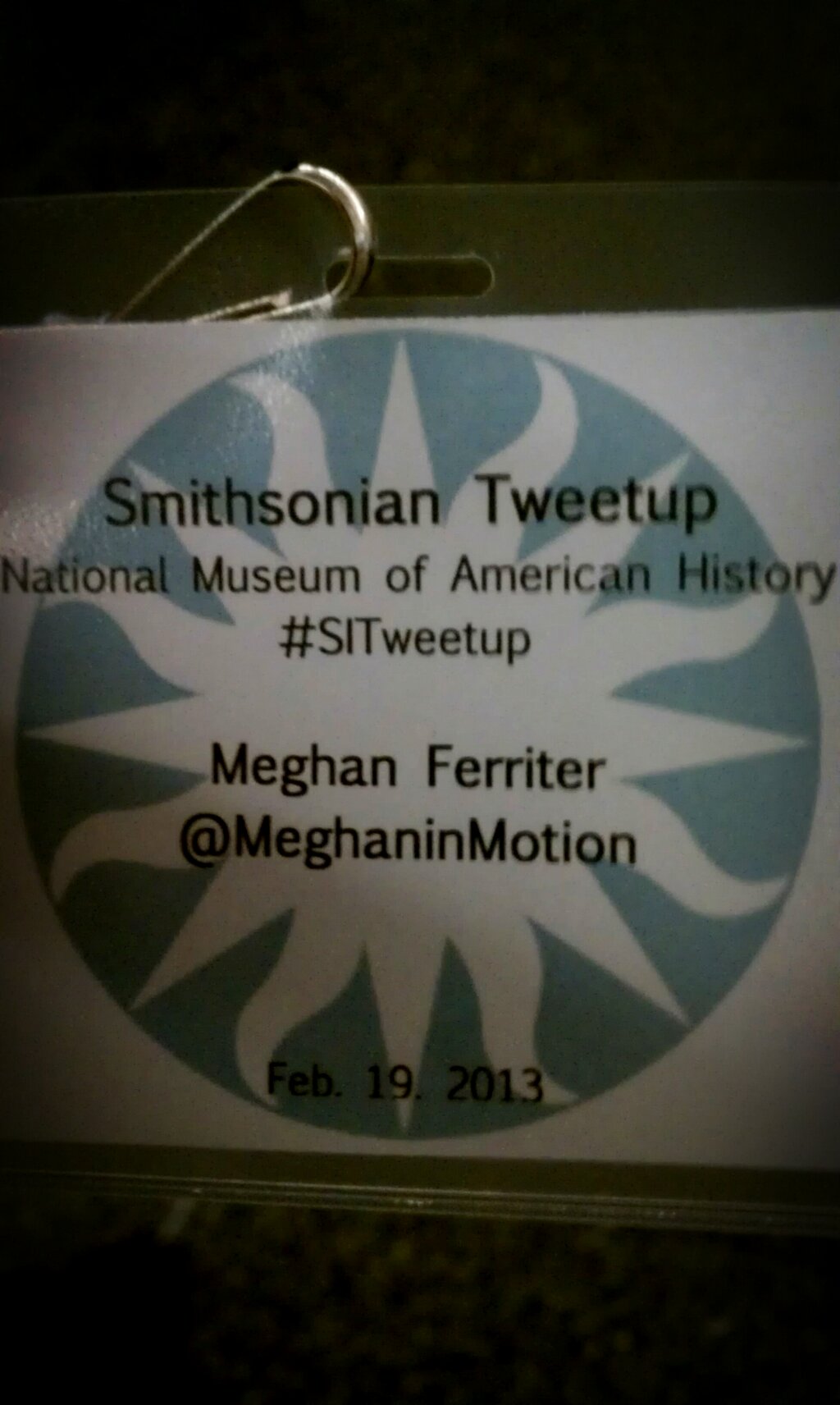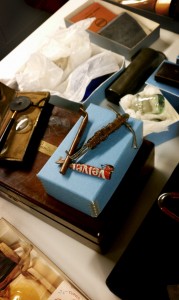Tag: Social Media Week
SITweetUp: Behind the Scenes at the American History Museum

This afternoon I was privileged to join a small group invited behind the scenes at the Smithsonian National Museum of American History. We were led behind the scenes and into the archives for talks by Dr. Larry Bird (not that one) and Dr. Katherine Ott. The insight these two curators provided was spectacular – and suggested a lot about the ways we build into and around material culture and construct knowledge through even classifying objects.
The passion Drs. Bird and Ott displayed as they discussed their collections was remarkable. Each wove their enthusiasm into the discussion of the items they shared with us; offering deeper stories than the provenance — not providence as I accidentally tweeted earlier! — and moved forward our group understand of the links between material culture and the purposes of objects.
Specifically, I was struck by the ways in which Drs. Bird and Ott drew in the stories of ownership and donation – or those who used and/or held these items in their collections. In both talks, it was emphasized that these were not merely objects with vague historical significance; rather these items were traces of people. These may even be, in some cases, people who have been forgotten–yet their past and even routines and interests are revealed through these objects.

Dr. Bird also reminded us that “it’s not the size of the thing, but the memory it calls up”; that significance in material culture is made through wider webs of knowledge about events. Similarly, Dr. Ott presented pieces of medical history that demonstrated moves toward the medicalization of the body. These were moments in cultural history in which social pressures and medical know-how combined to aid the disciplining of bodies through “fixes.”
Additionally, as a combination of fieldwork and fun, this afternoon gave me the chance to consider techniques for user engagement at the institutional level. By creating an implicit expectation of our participation in “livetweeting”, the event was framed in such a way as to make it easy for us to participate; telling our networks about our observations and experiences at the NMAH as we moved from and around “relics” and “weird souvenirs”. Remarkably, we had several Tweeps following our liveblogging and interrelated discussions, demonstrating the reach of even local events if framed correctly and participants are adequately encouraged. The interrelatedness of discussions was established through use of the categorizing hashtag. It appears as though we each told our individual stories relating to our particular interests, yet referenced and retweeted each other – thus creating a more resilient web of knowledge.
Perhaps I should say that I speculate this was the case – it remains to be seen in what ways this information is categorized and revisited by others. In any case, I’m grateful that I had the chance to attend the #SITweetup and for the behind-the-scenes views of collections at the National Museum of American History — and I’ll look forward to engaging people and online knowledge repositories in similarly creative ways in the upcoming months.
